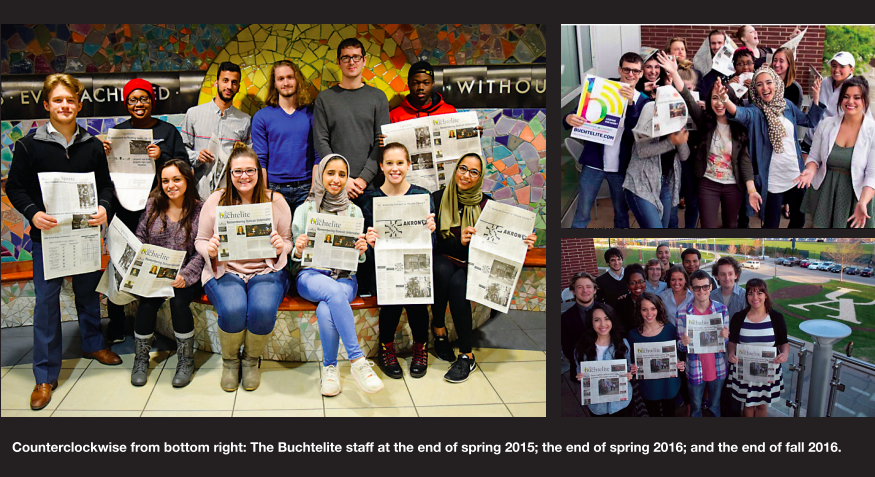“In the latest Ohio bar examination results, the University of Akron improved from 83 percent of first-time takers passing to 85 percent, yet UA also finished last in the state for overall passage rate. UA’s law school went from a 74 percent passage rate for all test takers including second and third-timers in July 2006, to 78 percent in July 2007.”
“
In the latest Ohio bar examination results, the University of Akron improved from 83 percent of first-time takers passing to 85 percent, yet UA also finished last in the state for overall passage rate.
UA’s law school went from a 74 percent passage rate for all test takers including second and third-timers in July 2006, to 78 percent in July 2007. However, this still put the university in last place among the nine Ohio law schools.
These numbers do not upset or worry Stephen Cook, UA’s assistant director of the legal clinic and director of bar examination preparations.
The bar exam is one of these unusual animals that you have to look to over time, he said. It’s the kind of thing you can look at from a lot of different directions.
Students can take the examination two times a year: in February and in July. UA did exceptionally well in the February exam with a 92 percent of first time test takers passing.
This past February, Akron was number one in the state, we had a 92 percent pass rate, Cook said. That sounds good on the surface and I’m happy for it, but statistically when you look at it, we had a relatively small number of takers.
Twenty-two of 24 first time students passed their exam in February.
In the February bar, typically there aren’t more than several hundred people taking it as compared to the July bar when you’ll have a thousand or so, Cook said.
The bar examination is one of the final steps in becoming a practicing lawyer. It is a 600-question test that students must score at least a 405 on to pass.
Comparatively, UA was within three percentage points of three other Ohio law schools; the University of Dayton, the University of Cincinnati and the University of Toledo all scored 88 percent on their first time takers. Similarly, UA was within two percentage points of Case Western Reserve University and Cleveland State University’s overall passage rate.
Obviously we’re always interested in how we compared with other schools, but if you look this time around there were five schools within two percentage points of one another, Cook said. In our case, just two takers would have put us in a four-way tie for third or fourth.
Cook said Akron has good teaching with a variety of curricula. Most important, individuals who serve their clients well bring a sense of professionalism and competence to the community.
We’re really not trying to boost scores, we’re trying to prepare people to be good lawyers, Cook said. For instance, in our clinical programs, we have lots of practical experience and that just grows by the year.
UA has consistently had a first-time passing rate between 80 and 83 percent since 2001.
Law professor Tracy Thomas described UA’s scores as a moving target.
It’s a good thing that we actually did better percentage wise, she said. It’s just the other schools went up too.
Cook agreed and said scores were nothing to worry about. He also said the law school was not likely to take action in an attempt to improve the scores.
If we were scoring 65 percent, 70, 75 percent I’d be beside myself, but we’re trying to do more than to just teach to the bar, he said. I’m proud of these kids.
We had 80 take, and I know about two-thirds of them, and I followed about 20 of them closely, and every single one I thought would pass, passed, because of just plain old hard work.
“

